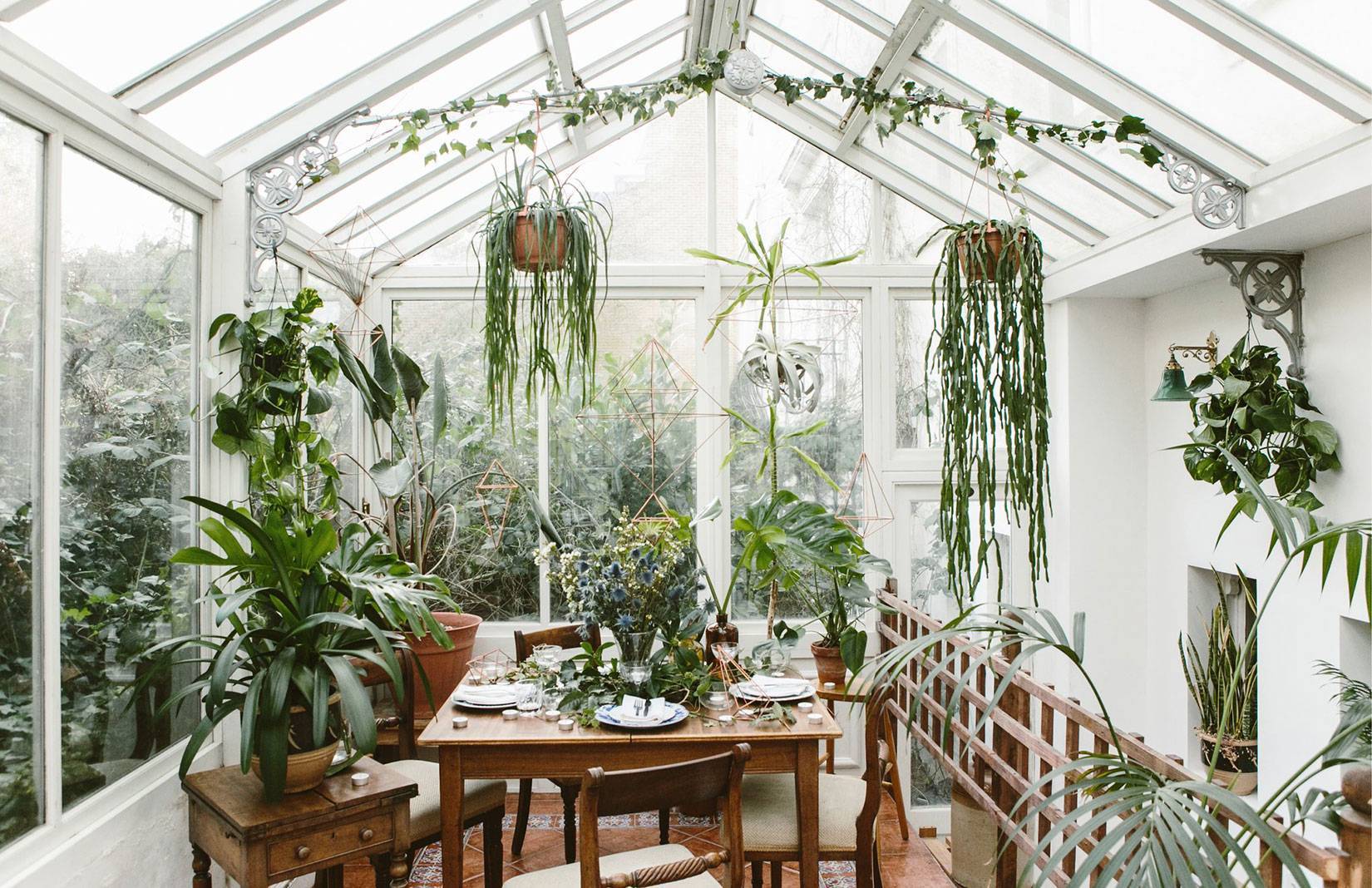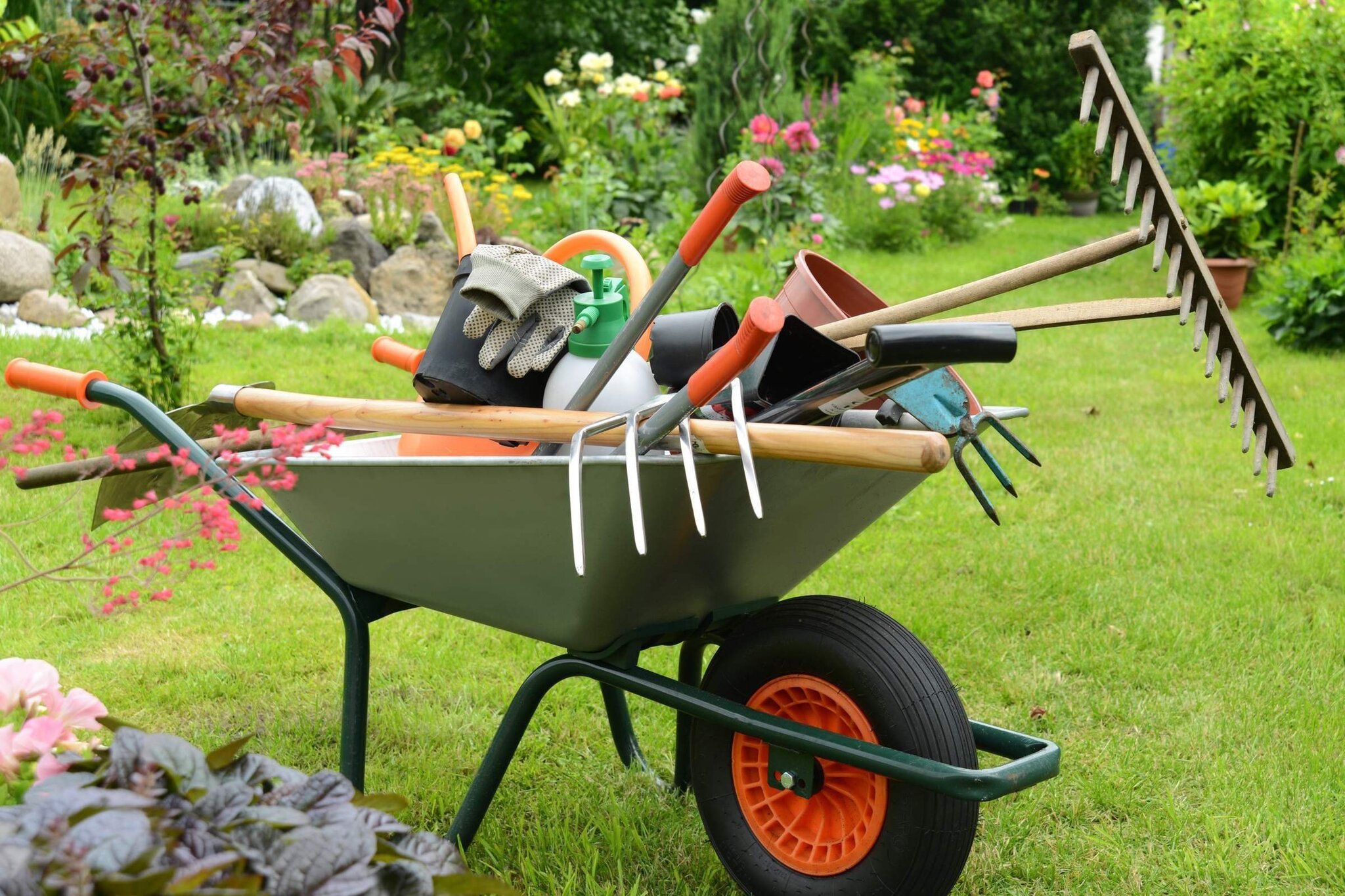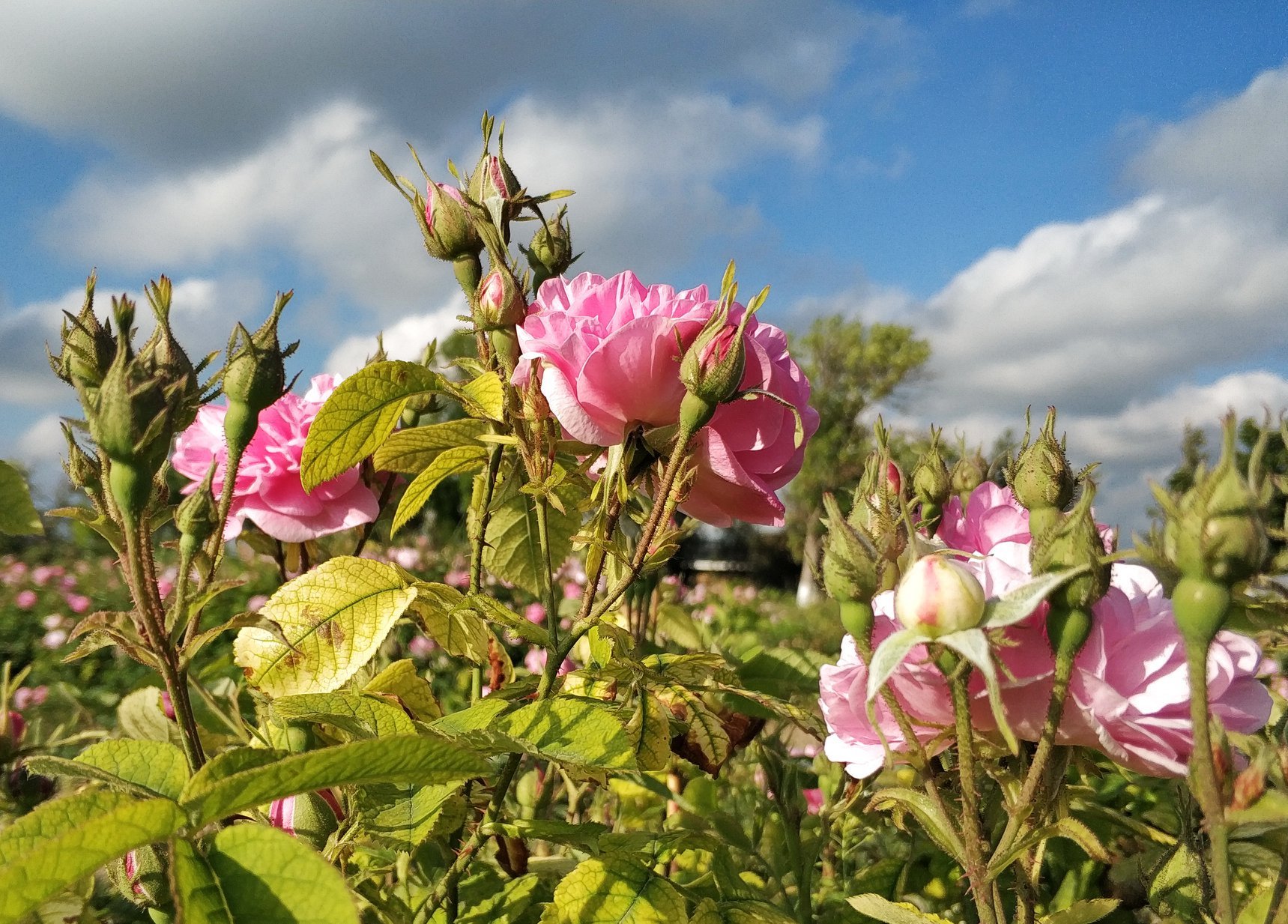As the world outside turns frosty and cold, many gardeners may find themselves yearning for the vibrant greenery and colorful blossoms of spring and summer. But the magic of a winter garden lies not in the explosion of colors, but in the serene, monochromatic beauty that nature offers during the harshest season. With careful planning and tender care, your garden can remain a source of solace and wonder even when blanketed in snow. In this comprehensive guide, we will explore the art of winter garden and plant care, helping you transform your outdoor space into a tranquil sanctuary during the cold months.
Winter gardening is a rewarding and meditative endeavor that allows you to connect with the resilience of nature. It's a time when the garden's structure, textures, and muted colors take center stage, providing a unique and soothing experience. Whether you're an experienced gardener or a novice, this guide will offer insights, tips, and techniques to help you nurture your garden and plants through winter's chill. So, bundle up, step outside, and embrace the serenity and beauty of a winter garden.
The Magic of a Winter Garden
Winter gardens possess a unique and understated charm. While they lack the riotous colors of spring and summer, they have their own enchanting qualities:
- Simplicity: Winter gardens are defined by simplicity and minimalism. They invite you to appreciate the fundamental beauty of plant forms, textures, and the interplay of light and shadow.
- Tranquility: Winter gardens exude a sense of tranquility and peace. The stillness and quiet of a winter landscape can be profoundly calming and meditative.
- Wildlife Haven: Many creatures rely on winter gardens for food and shelter. Birds, in particular, find winter gardens a valuable source of sustenance when natural food sources are scarce.
- Evergreen Beauty: Evergreen plants, which retain their leaves year-round, play a crucial role in winter gardens. They provide a backbone of greenery and serve as a focal point in an otherwise muted landscape.
Winter Garden Planning
Creating a successful winter garden begins with thoughtful planning. Here are some key considerations:
- Plant Selection: Choose plants that are suited to your region's winter climate. Evergreen trees and shrubs, ornamental grasses, and cold-tolerant perennials are excellent choices.
- Garden Structure: Take into account the garden's overall structure and design. Elements such as pathways, hardscape, and the placement of garden ornaments can enhance the garden's winter appeal.
- Seasonal Interest: Select plants that offer year-round interest, including those with interesting bark, seed heads, or berries that persist through winter.
- Winter Bloomers: Some plants, such as hellebores and winter jasmine, offer delicate blooms during the winter months. Incorporate these to add a touch of color and life to your garden.
Winter Plant Care
Once your winter garden is established, it's essential to provide proper care to ensure its health and vitality during the cold season:
- Watering: Continue to water your plants as needed, especially evergreens. They can lose moisture through their leaves even when the ground is frozen.
- Mulching: Apply a layer of mulch around the base of your plants to help insulate the soil and protect the roots from extreme temperature fluctuations.
- Pruning: Prune your plants selectively during late winter to remove any dead or diseased branches. This not only promotes plant health but also enhances their appearance.
- Protection: Consider using burlap or other protective materials to shield vulnerable plants from harsh winter winds and heavy snow loads.
- Snow Removal: If heavy snowfall threatens to damage your plants, gently shake snow off branches or use a broom to sweep it away. Be careful not to cause further damage while doing so.
- Wildlife Management: If deer or other wildlife pose a threat to your winter garden, consider protective measures like fencing or repellents to deter them.
Year-Round Bird Feeding
Birds are a delightful addition to any winter garden, and providing food and shelter for them can enhance your garden's appeal:
- Bird Feeders: Set up bird feeders stocked with a variety of seeds to attract a diversity of bird species. Ensure you maintain the feeders regularly to keep the food fresh.
- Water Source: Provide a source of unfrozen water, such as a heated bird bath. Birds need water for drinking and bathing even in cold weather.
- Nesting Boxes: Install nesting boxes to encourage birds to make your garden their home. Different species have specific requirements, so research the needs of local birds.
Conclusion
A winter garden is a testament to the beauty and resilience of nature. It invites you to embrace the serenity of the season and appreciate the subtle wonders that winter has to offer. By carefully planning your garden, selecting the right plants, and providing proper care, you can transform your outdoor space into a sanctuary of peace and natural beauty throughout the cold months. So, let the enchantment of a winter garden inspire you to step outside, breathe in the crisp air, and find solace in the enduring beauty of nature, even in the depths of winter.




For myself, I concluded that this site is very useful. Disclosure of topics provides an understanding of the genre.
Finally I found this site, here share great sources of information. The texts are read in one breath and reveal a deep understanding of the topic.